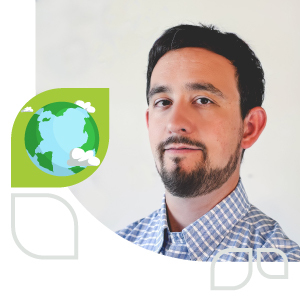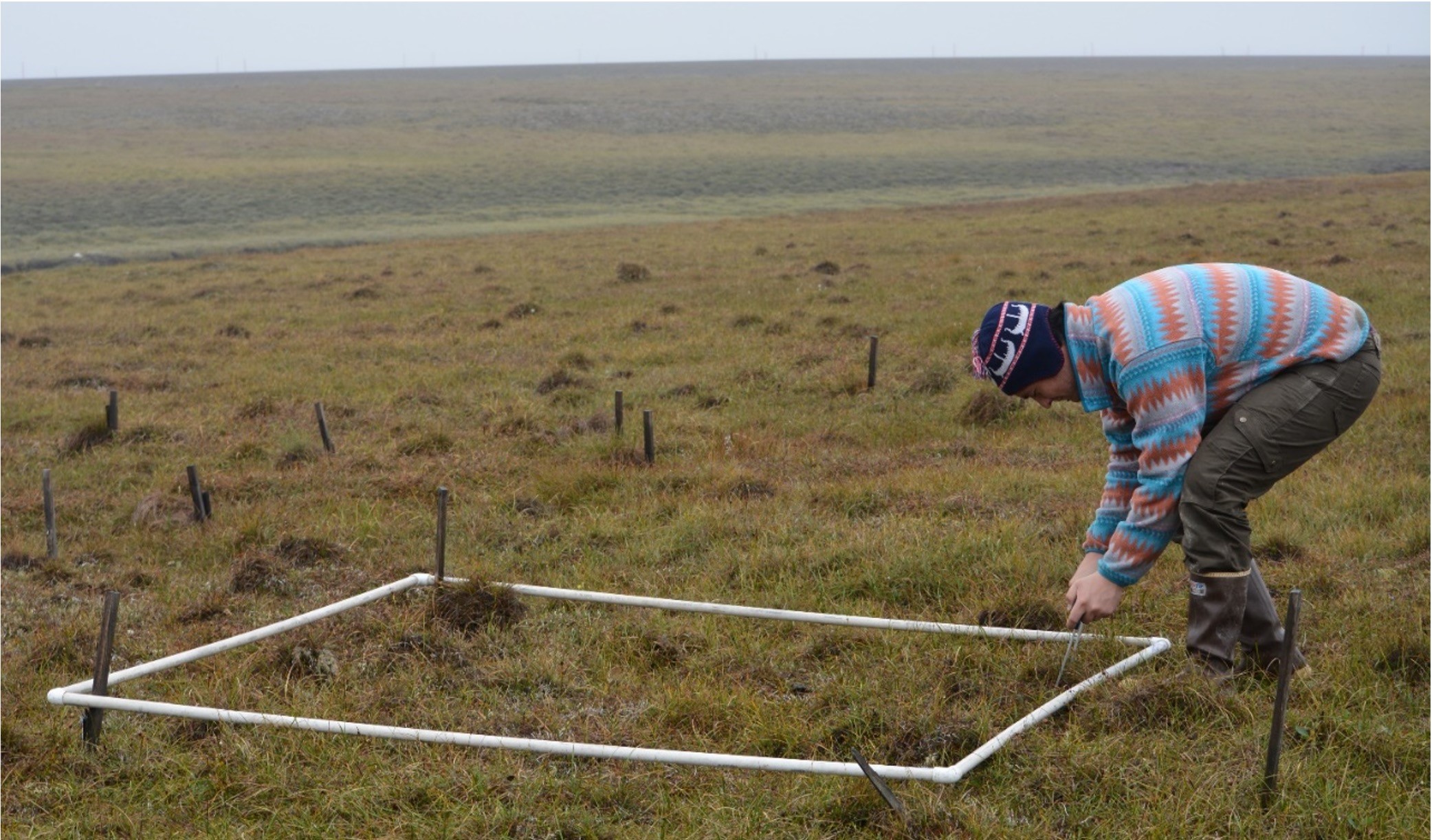Profile of Salvatore Curasi
Modeling Nature to Protect It

Salvatore Curasi hadn’t always planned to become a scientist. In fact, he was working towards a bachelor’s degree in political science with the goal of becoming a lawyer when he first volunteered as a research assistant. However, the moment he set foot in the Arctic of Northeastern Siberia on that research project, he began charting a new path towards his Ph.D. in biological sciences and, ultimately, a career as a scientist with ECCC.
The importance of land surface modelling
Nowadays, Salvatore is helping to shape our understanding of how Canada’s land and climate systems interact through modeling— specifically, Canada’s vast boreal forests and Arctic ecosystems, which are both rich in biodiversity and play a critical role in regulating Earth’s climate.
Land surface modeling is a powerful tool that simulates how ecosystems, like forests and tundra, respond to disturbances and climate change. It’s a field that blends ecology, data science and climate modeling, and it’s central to Canada’s efforts in conservation and climate change adaptation and mitigation.
For example, Salvatore’s work can be used to model how forests respond to increasing wildfire frequency and intensity. By simulating how fire alters vegetation patterns, soil moisture and carbon storage over time, these models can help predict how the ecosystem’s habitat availability may shift in the coming years. This kind of insight is critical for conservation planning and identifying priority areas for protection or restoration. It also helps inform our decisions on how we use our land and on policies to prepare for and prevent the worst impacts of climate change.
“Our work builds an understanding of the global climate system and the impacts of climate change on Canadians,” Salvatore explains. “It’s fulfilling to deepen our understanding of complex systems and their interactions.”
How we got here

Salvatore’s path to this work was far from linear but filled with passion at every step. After completing his Ph.D., he pursued postdoctoral research at Carleton University and ECCC, where he was part of the COHERENT-C project to develop the Canadian Land Surface Scheme Including Biogeochemical Cycles (CLASSIC), the land surface model used in the Canadian Earth System Model (CanESM). Along the way, he discovered a greater passion for modeling and a deeper appreciation for the Canadian carbon cycle.
Embracing the unexpected
The balance of technical work, problem-solving, and collaboration keeps things engaging and dynamic.
But it wasn’t just science that brought him here. Salvatore originally planned to return home after his post-doctorate, but Russia’s invasion of Ukraine forced Salvatore and his Ukrainian partner to remain in Canada and build their lives here instead. Reflecting on this, he notes that “the biggest lesson I’ve taken from this experience is to embrace the unexpected and adapt to change.”
Now, a typical day for Salvatore involves coding, meeting with colleagues and research partners to plan and refine projects, analyzing complex climate and ecosystem simulations, and translating his team’s findings into scientific papers and reports.
What’s next
Looking ahead, Salvatore is excited about the future of his field. Advances in artificial intelligence, satellite data and computing power are opening new doors for faster, more accurate models. These tools will be essential as scientists work to predict and respond to the impacts of climate change on nature and people alike.
For aspiring scientists, Salvatore offers simple but powerful advice: “Seek out opportunities early. Early exposure to research will give you a sense of what a research career entails and help you discover where your passions lie.”
Salvatore Curasi’s story reminds us that protecting nature starts with understanding it, and that sometimes, the path to conservation begins with a single spark of curiosity.